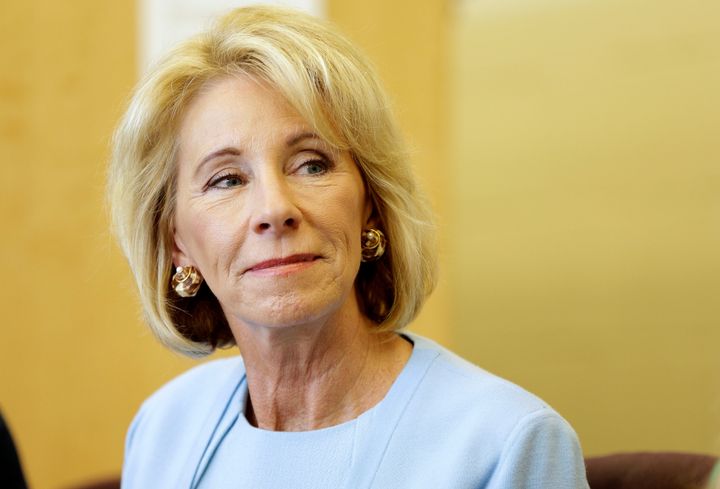Yeah...I was agreeing with you.
I’m not arguing.
They are all deceptive...each news station/site/whatever form has it’s own spin...it’s the spin that usually reflects the views of those who live in that general area (like newspapers), but it also reinforces those spun-beliefs back at people reinforcing a narrow (or large) viewpoint depending on everyone’s subjective points of view.
So while I feel it’s petty to compare two picture of the football teams and make a determination of who is most popular (Like, what is this, HS?

).
But it was also silly when Sean Spicer came out after the inauguration and says “Biggest ever and that’s final.” only to storm out of the room.
It made me LOL.
It’s amazing how many stories and memes shared on FB and elsewhere are just not true if one does a bit of checking...but they continued to get shared because they are reinforcing their own viewpoint which is waaaaay easier to do than to really work to understand both sides of an issue or sentiment.
It’s easier to discount the other guy as baseless when it questions what we believe to be true, and all of us do it to greater or lesser amounts, but it’s part of the structure of how a human mind thinks.
No one can claim to be more “woke” (to use a term that makes me want to hit someone with a bat) than anyone else really.
We all base our views on the experiences we have had in our lives, what influenced us growing up, what decisions have we made for what reason and how did that turn out for us thus shaping an experience we draw from when interpreting information we gather today...if something is factual and can be proven then we shouldn’t have a misunderstanding...the problem these days IMHO is there seems to be a frightening effort on the part of all the political parties to feed as much disinformation as they can into our factual reality ...CNN does it, Fox does it, MSNBC does it, Alex Jones and Brietbart definitely do it, RT News, etc., etc.
I think we all need to take a step back and start to find some common ground again.
There are many things I know we all would wholeheartedly agree with.
Like, healthcare being more affordable - without screwing people over to do it.
We could really make America great again....but we can’t do that if we are at each other’s throats all the time about silly things...when we have serious issues to tackle....so many it’s hard to know where to even begin.
Anyhow...have a good day!


).

